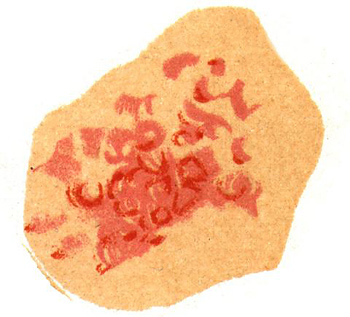How to Treat Rosacea
Rosacea is a chronic skin condition usually found on the face, neck, and chest. Rosacea happens when groups of capillaries just beneath the skin become enlarged. This condition normally occurs in adults, more often in women, between the ages of 30 and 50.
Rosacea is characterized by redness, blotchy spots, and visible blood vessels. This is only one of four different subtypes of rosacea. It can also manifest in the form of bumps and lesions, thickening skin, and eye problems. No matter what the symptoms, it leaves those who suffer from it wondering how to treat rosacea.
- Apply a cream made up of the herb Chrysanthellum indicum. Many people prefer to try natural remedies first. Extracts of this herb have been found to make the capillaries stronger. A study showed that after 12 weeks of using this Chrysanthellum indicum cream, participants saw noticeable improvement in their rosacea symptoms with minimal adverse reactions.
- Use green tea creams. Another natural remedy, green tea creams used twice a day have also been shown in studies to significantly reduce the redness, blotchiness, and red bumps associated with rosacea.
- Take daily doses of apple cider vinegar. Apple cider vinegar is an age-old home remedy for any number of things. In the case of rosacea, it is believed that the vinegar encourages the release of important digestive enzymes that can maintain the proper balance of bacteria in the intestines.
- Take B Vitamins. Rosacea has sometimes been attributed to having an inadequate amount of riboflavin, or Vitamin B2, in the system. This can be caused by the person not getting enough of it through their diet or by a digestive system that is not able to absorb enough of the B2. Taking a daily supplement of B vitamins may help clear up the rosacea.
- Use sunscreens and emollients. Rosacea symptoms like redness and visible blood vessels can cause the skin to be more sensitive than usual. The first treatment when this is the case may be to use sunscreens that don’t irritate the skin and emollients that can help to repair the damaged skin. Once the sensitivity has eased, other topical treatments can be used.
- Apply topical creams such as niacinamide cream or azelaic acid cream. Prescription topical creams like these can be very effective in treating the redness and pustules of rosacea by reducing inflammation. Azelaic acid cream comes from grains like rye, wheat, and barley and can also slow down the growth of the bacteria. Niacinamide cream is one form of Vitamin B3 and can strengthen the skin as well as help supply moisture and reduce inflammation.

How to Treat Rosacea
- Take oral antibiotics. Certain oral antibiotics like tetracycline and doxycycline can suppress the inflammation caused by rosacea. They are most often prescribed when the symptoms include the lesions and pustules. These drugs can also stop the formation of the blood vessels that are at the heart of the rosacea symptoms.
- Use glycolic acid peels, washes, or creams. Glycolic acid is successful in treating rosacea that has advanced to the pustules and lesions stage. It is often applied by dermatologists in the form of a peel every two to four weeks. The peel may be followed up by a wash or a cream containing glycolic acid to ensure the success of the peel.
- Consult with a physician or dermatologist about laser treatments. These treatments are often used when the rosacea has thickened the skin, especially on and around the nose. However, lasers can also be used to treat the redness, flushing, and red lines. Improvement may be noticeable after one session, but several sessions are usually required to complete the treatment.
- Resurface the skin with dermabrasion. Dermabrasion is a surgical treatment that removes dead skin layers in order to smooth the skin and get rid of irregularities. It is a good alternative for rosacea that has gotten to the stage where the skin has thickened. Dermabrasion generally requires several sessions and is done with the use of coarse sandpaper and circulating wire brushes.
While there are many ways to treat rosacea, there are no definitive answers as to what actually causes it. And since we don’t know what causes it, it is difficult to pinpoint ways to prevent it. But for someone who has had rosacea in the past, there are things to do that may prevent it from recurring or worsen.
The best way to do this is try to find out what triggers an outbreak. Alcohol, certain foods, and skin care products can be a factor. Exercise and stress can play a part, as well as windy or cold weather. A good understanding of the circumstances at the time of a flare up is the best preventative tool available.
